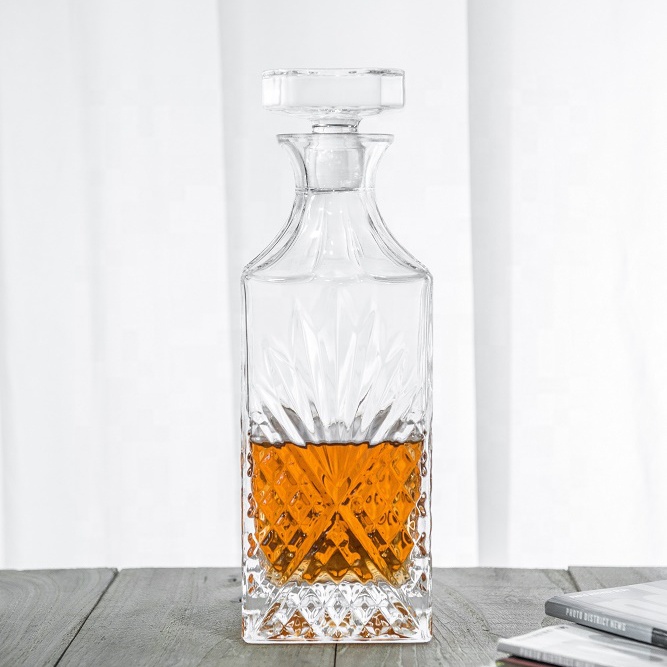What’s the Distinction Between Pot and Column Stills?
With out distillation, liquor couldn’t exist. Distillation is the tactic by which the alcohol current in a fermented liquid is separated after which concentrated. It’s executed by heating the liquid after which cooling the vapors, condensing them correct proper right into a terribly alcoholic spirit. This all works due to ethanol evaporates at a decrease temperature than water.
The system used on this course of is named a nonetheless. Over the centuries, stills have superior from rudimentary fire-heated pots to towering, industrial instruments. To make liquor correct now, distilleries primarily use two a variety of kinds of stills: pot stills and column stills. These two strategies of distillation function based mostly completely on the equal elementary ideas nonetheless produce spirits with noticeably fully fully totally different qualities.
Correct proper right here’s all the objects you may want to find out about pot stills vs. column stills.
Column vs. Pot Nonetheless Quick Information
• Pot stills are large pot-shaped stills which may be normally fabricated from copper and distill spirits on a batch-by-batch foundation.
• Column stills embody not decrease than one tall cylindrical column. They’re normally operated repeatedly and produce spirits further efficiently.
• Typically talking, pot stills create richer and additional flavorful spirits whereas column stills are hottest for extra impartial spirits.
Liquor.com / Laura Sant
What Is a Pot Nonetheless?
The oldest and simplest technique of distilling a spirit is batch distillation, further sometimes generally known as pot distillation. This model of distilling makes use of an enormous pot-shaped nonetheless to provide a spirit. Pot stills are normally fabricated from copper and have a extraordinarily huge base that tapers vertically into a skinny neck.
These stills are crammed with a fermented alcoholic liquid that’s derived from an agricultural product like grain, sugar cane, or fruit. This low-ABV liquid, generally known as the wash, is then heated. “Alcohol and fully totally different volatiles that boil at temperatures decrease than water may be eradicated when heated to close boiling,” explains Dr. Pat Heist, chief scientific officer and co-founder of Wilderness Path Distillery.
The vapors that emerge from the pot because of the liquid heats up are collected, then cooled and condensed correct proper right into a distillate right off the pot. They’re typically further processed via a set of rectifying plates that end in greater proofs, and the distillate is commonly distilled a second time to know the required focus of alcohol.
“It’s the distiller’s administration of that heating and condensing course of that enables for the event of a desired model profile,” says Chris Morris, grasp distiller emeritus at Earlier Forester and Woodford Reserve.
Pot distillation isn’t most definitely most likely probably the most setting nice strategy to create alcohol, primarily due to it operates on a batch-by-batch course of. “A pot nonetheless is crammed, heated, emptied, after which crammed as quickly as further,” says Morris. Regardless of their inefficiency, pot stills produce spirits which may be typically famend for his or her wealthy flavors and aromas.
Liquor.com / Laura Sant
What Is a Column Nonetheless?
Column stills, normally typically referred to as common, patent, or Coffey stills, had been developed all through the early 1830s and are nonetheless extensively used correct now. These stills are way more superior than pot stills. To place it very merely, column stills comprise not decrease than one tall cylindrical column. All by the column, vertically stacked plates separate the column into compartments. The nonetheless is heated from beneath by steam, inflicting the wash to evaporate and journey vertically via the nonetheless. Vapor begins to condense all through the plates, stripping the water and fully totally different undesirable compounds in a course of generally known as reflux. The alcoholic vapor lastly reaches the perfect of the nonetheless and is then condensed correct proper right into a spirit.
In distinction to pot stills, column stills can run repeatedly with out the necessity to clear and refill the nonetheless. “This course of can run for days at a time, 24/7,” says Morris. Column stills are furthermore in a position to distill liquor to a considerably greater alcohol content material materials supplies.
“We use column stills primarily for greater throughput manufacturing, nonetheless we furthermore acquire a big quantity of consistency because of the ‘cuts’—heads, hearts, and tails—being further computerized as in contrast with a pot nonetheless,” says Heist.
For all of those causes, column stills are terribly setting nice and since their invention, have been extensively adopted all by all the world of distilling.
The Distinction Between Column and Pot Nonetheless Spirits
The variations between common and pot distillation would possibly appear like technical trivialities, nonetheless they’ve an enormous impact on one of the best ways throughout which the completed spirit tastes. Attributable to those variations, one type of distillation is commonly hottest over the choice by producers of a selected spirit. Broadly, although, any spirit may be made with every type of nonetheless.
To be clear, the distillation strategy is definitely thought-about one in all a plethora of variables that have an effect on how a spirit tastes. “Model, aroma, and mouthfeel will depend on express specific particular person recipes, nonetheless sort, distillation proof, and a great deal of fully totally different components,” says Morris.
The sluggish, batch distillation of pot stills presents the spirits they produce a extraordinarily wealthy and distinctive character. “Typically talking, pot stills typically create darker liquids with intense aromas,” says Heist. Pot stills are most frequently used to provide full-flavored spirits like tequila, some Jamaican rums, mezcal, and a great deal of malt whiskeys. A number of subcategories, like single malt Scotch whisky and cognac, are legally required to be made on pot stills.
Column stills produce liquids which may be milder in model and have a smoother mouthfeel than distillate made with pot stills. They largely produce vodka, gin, and a few kinds of rum, together with most bourbon whiskey. Attributable to their effectivity, they’re typically used to distill neutral-flavored spirits which will take a wide range of distillations on a pot nonetheless to create. Impartial spirits are sometimes used because the underside of liqueurs, bitters, and fully totally different related merchandise.
Light, impartial spirits aren’t the one problem column stills can produce. “These are all generalizations,” says Heist. “It’s extensively acknowledged that column stills can create superior and full-bodied spirits, considerably all through the case of ryes and bourbons.”
The distillation course of is a vital variable that considerably influences the traits of the completed product. Whereas each strategies are rooted throughout the equal elementary ideas of distillation, the technical variations between pot and column distillation yield spirits with distinct qualities. Though it isn’t a extremely excellent predictor, understanding how a spirit was distilled can present necessary notion into how a liquor will trend.




:max_bytes(150000):strip_icc()/LQR_Edit-TheKahluaLadies_Facebook-1200x628-02613d43dd1c4b87a8ba1c0717545e42.jpg?w=1200&resize=1200,0&ssl=1)
:max_bytes(150000):strip_icc()/the-snug-credit-Anna-Wick_fb_1200x628-6516550bd43e4a45824ea627427b0021.jpg?w=1200&resize=1200,0&ssl=1)
:max_bytes(150000):strip_icc()/2022-trends_abv-double-chicken-please_1200x628-d7efaca6ecc2482cadde837d106e029c.jpg?w=1200&resize=1200,0&ssl=1)